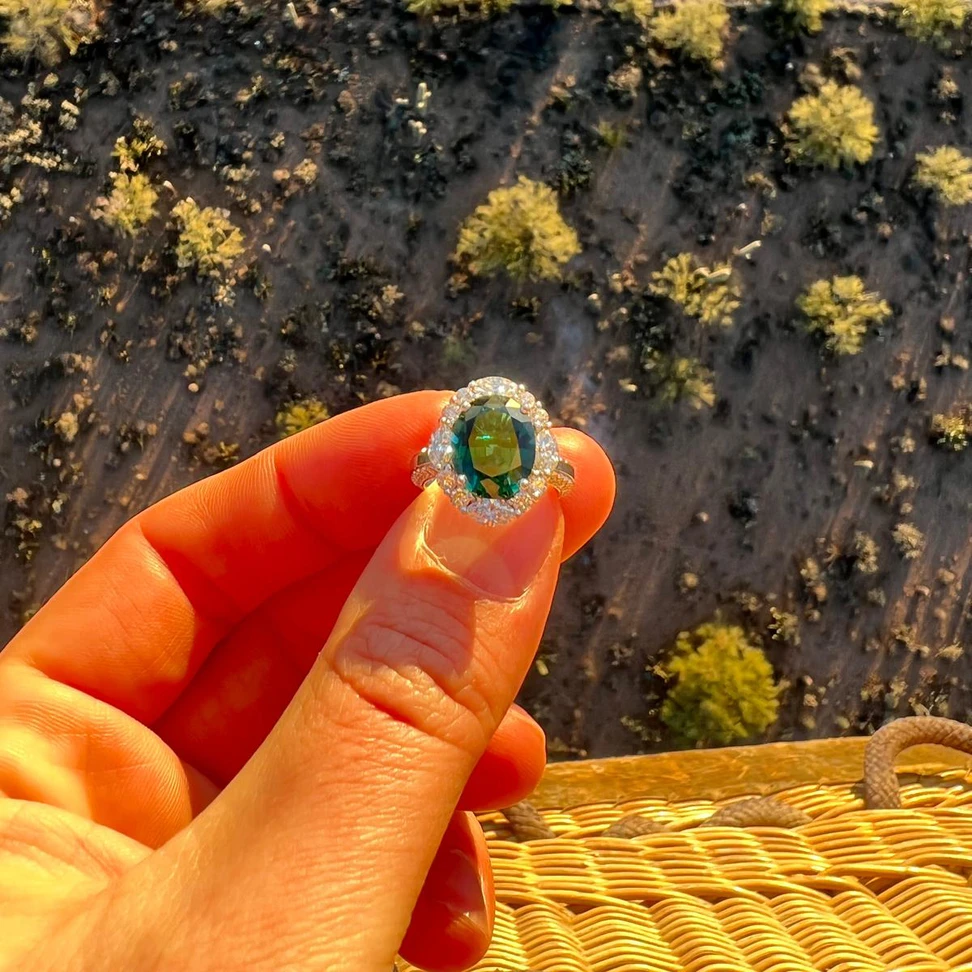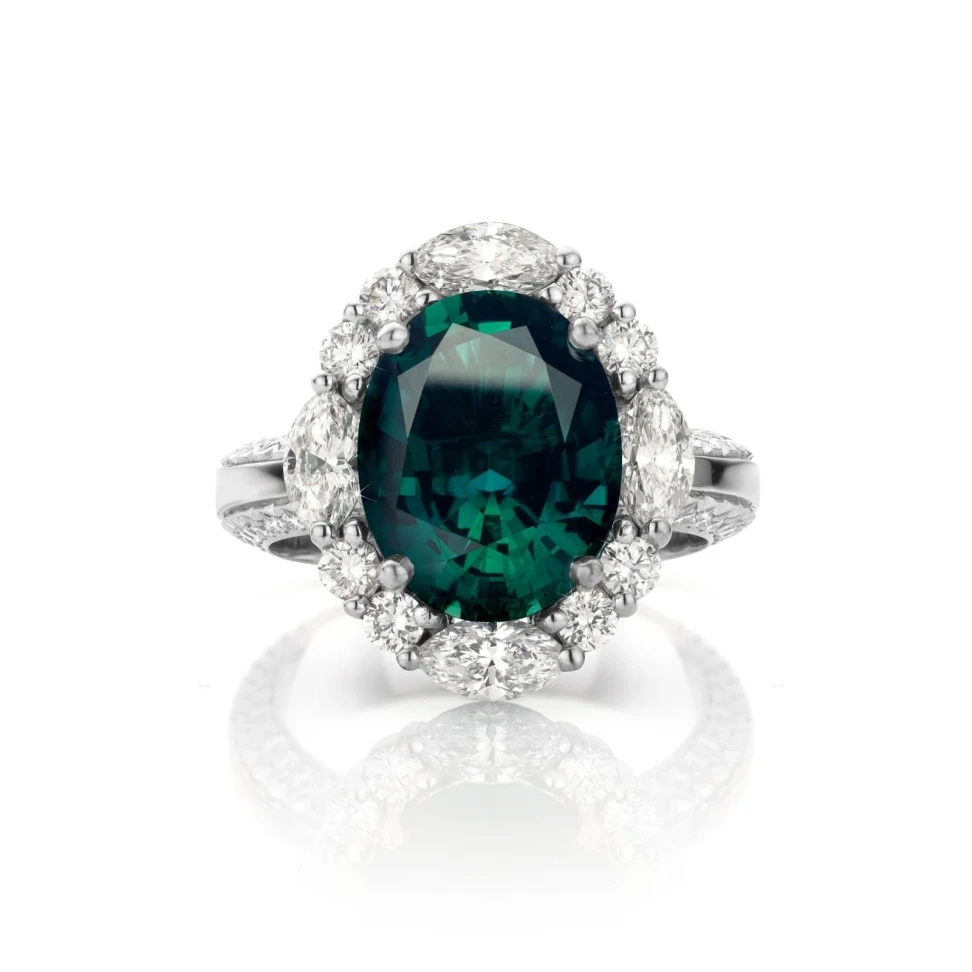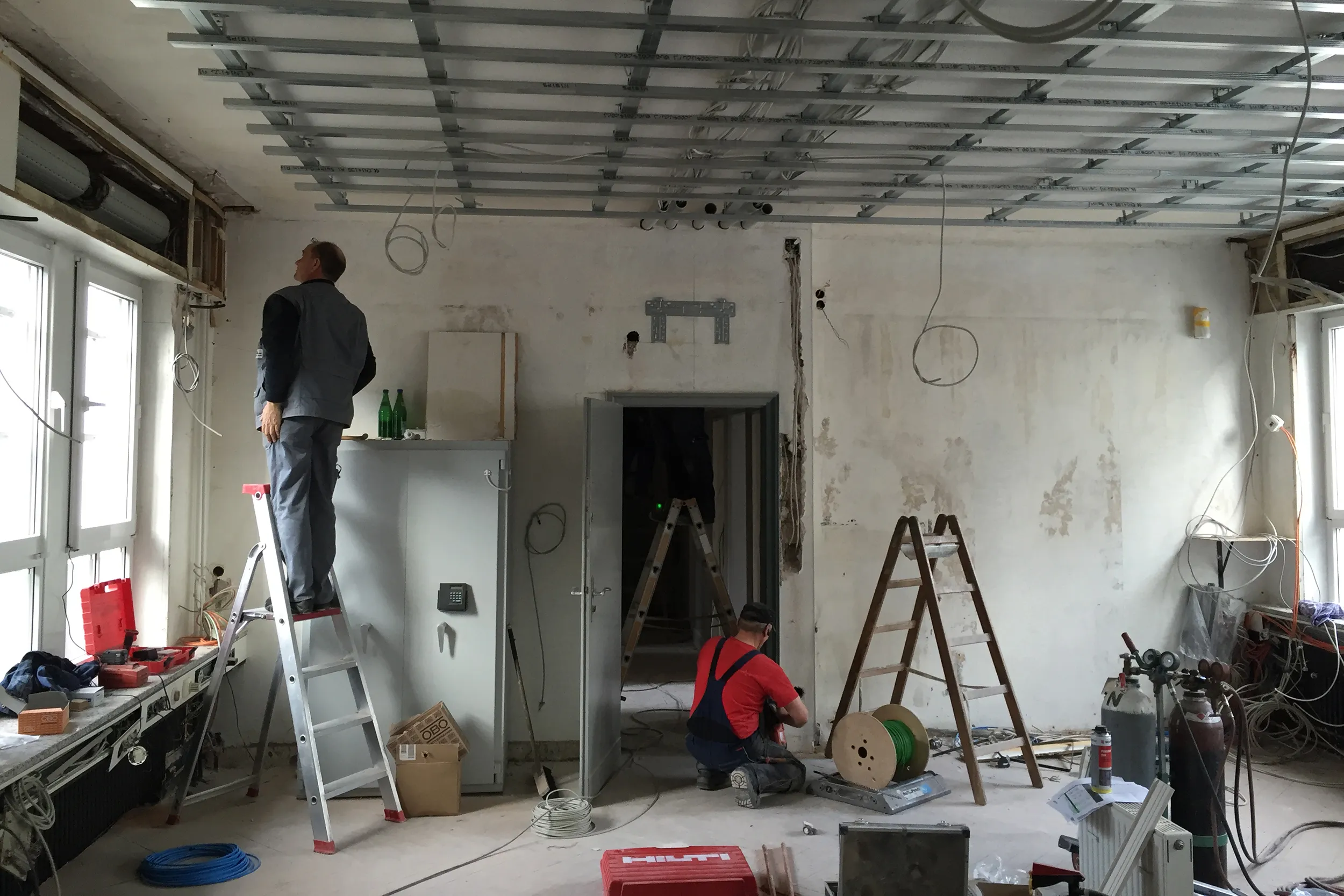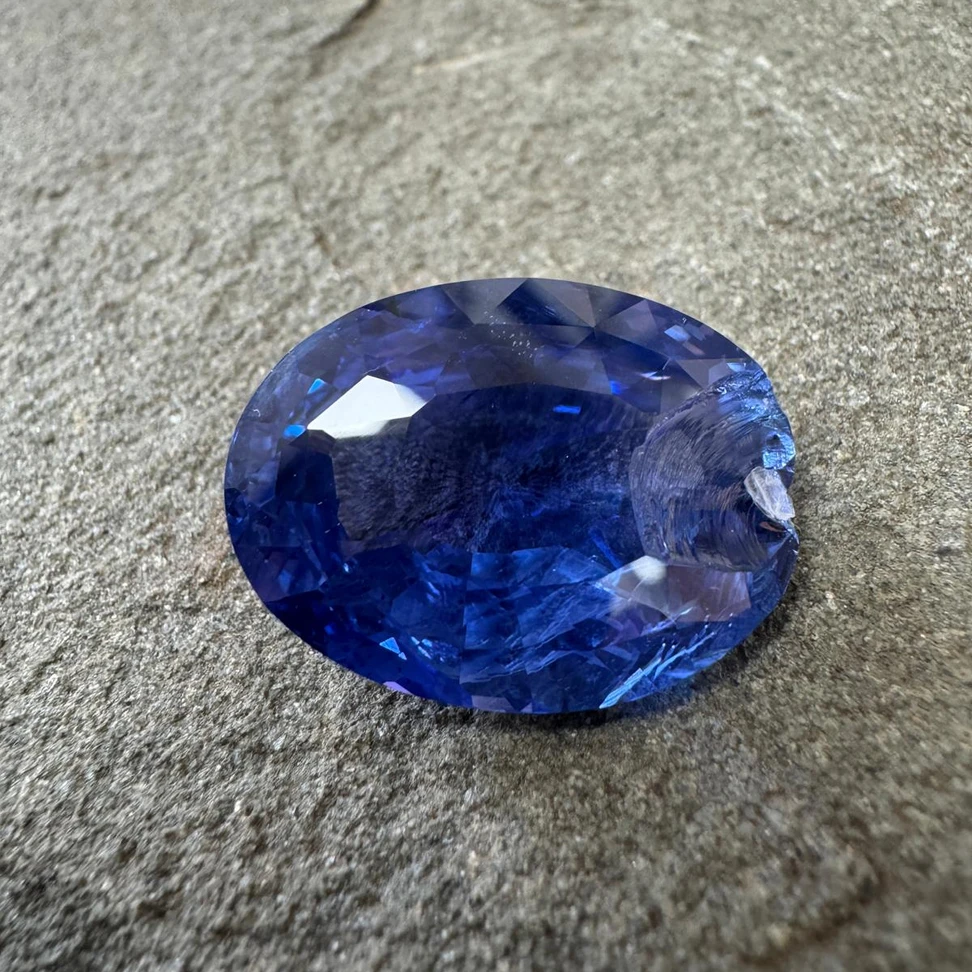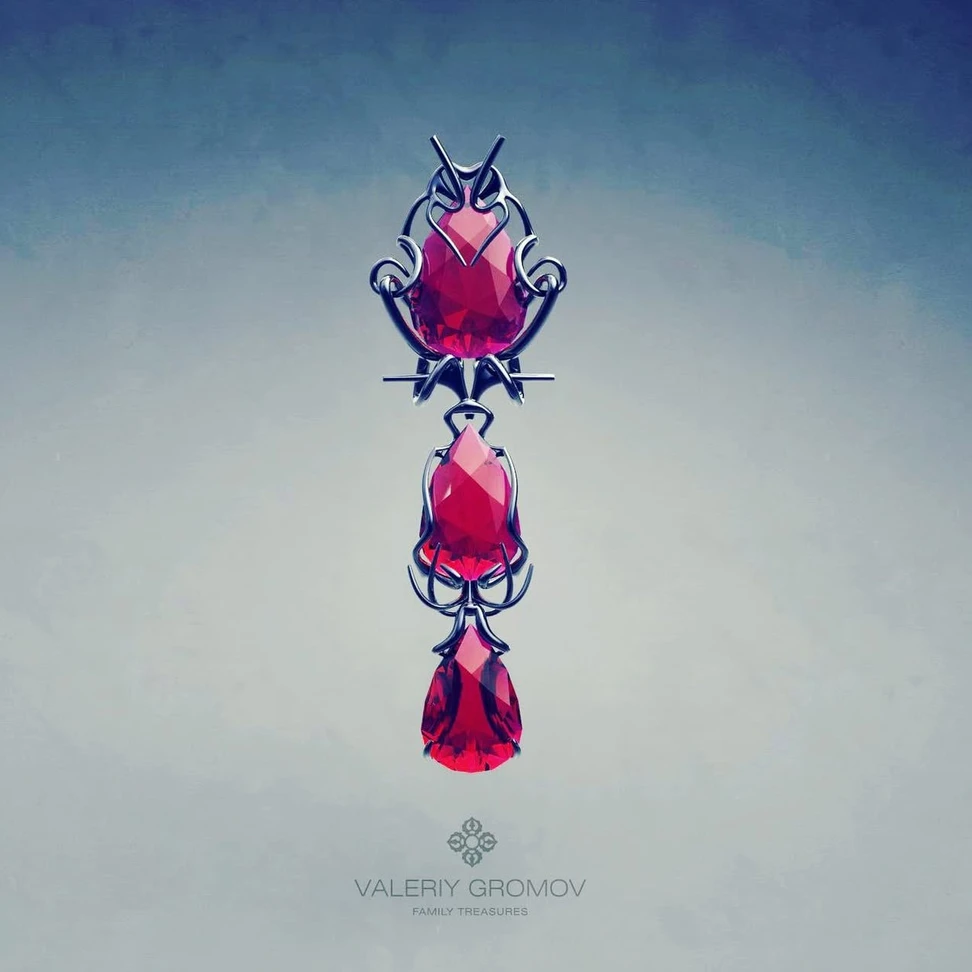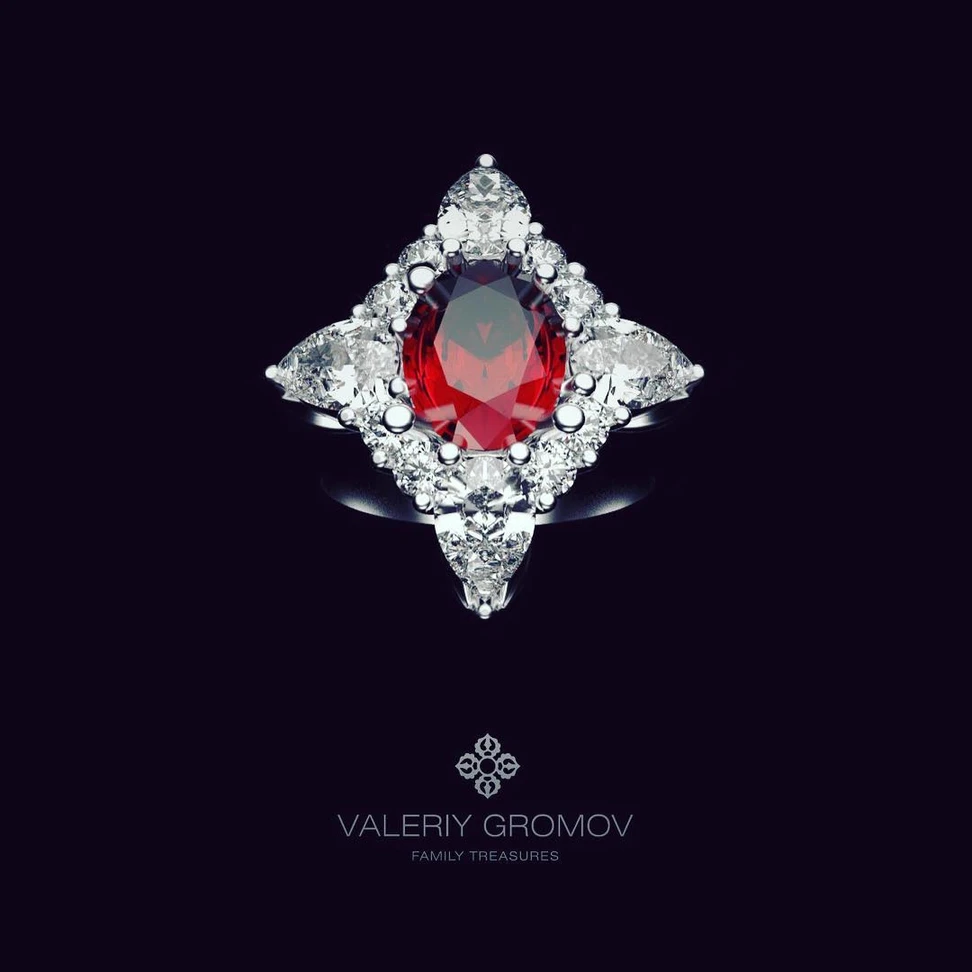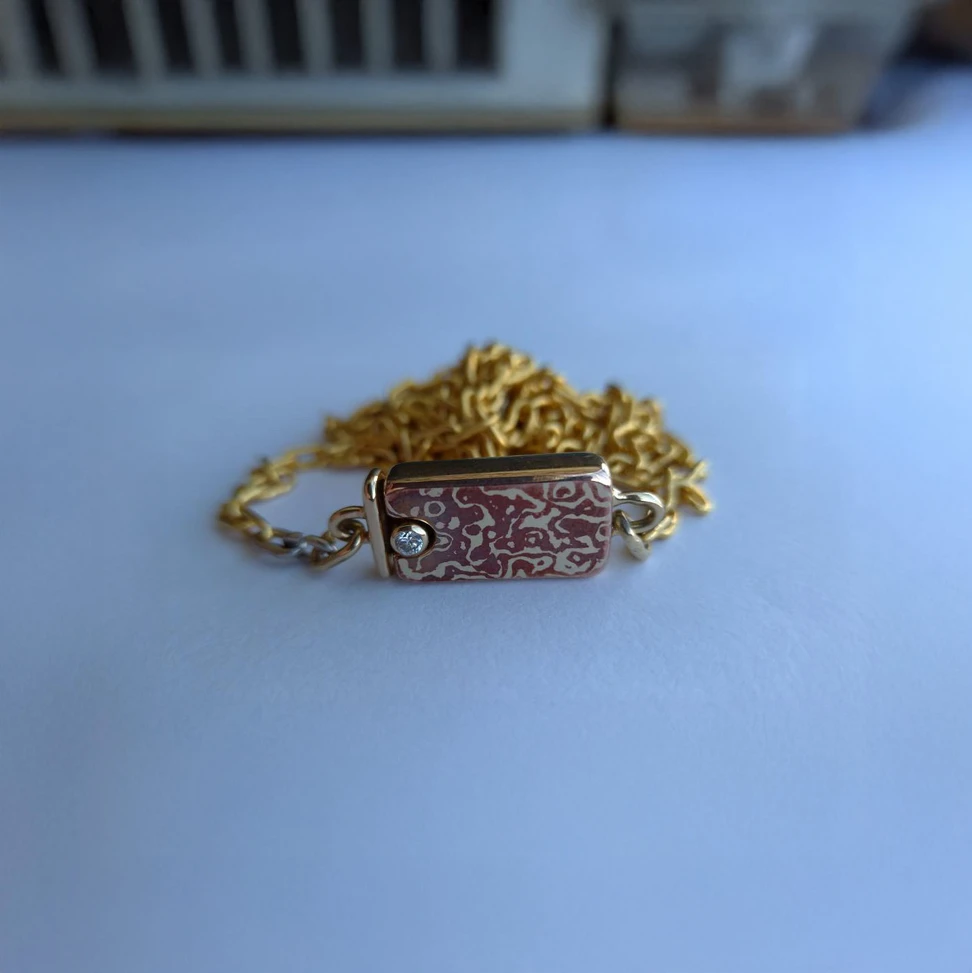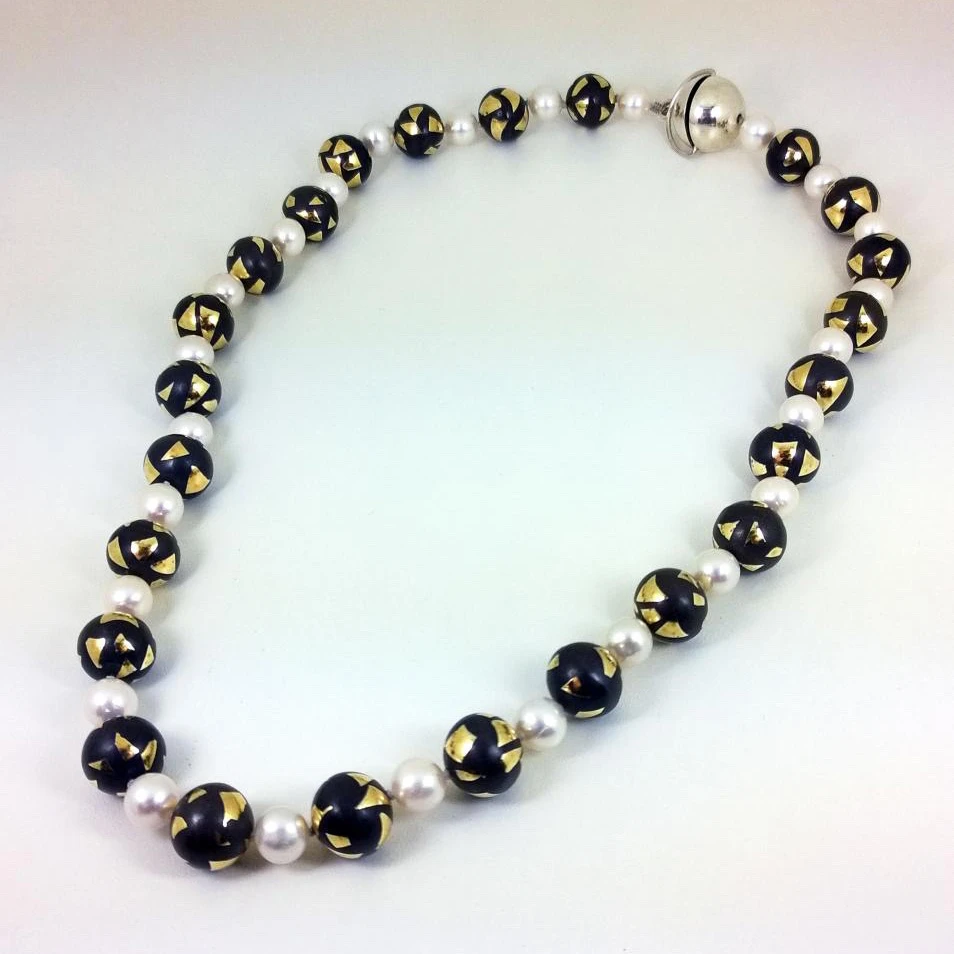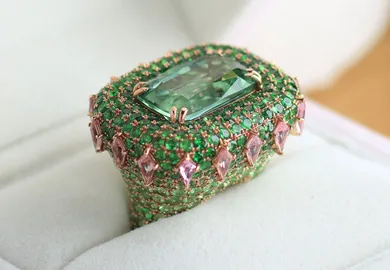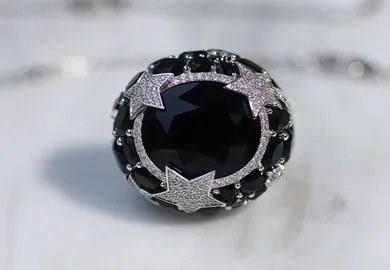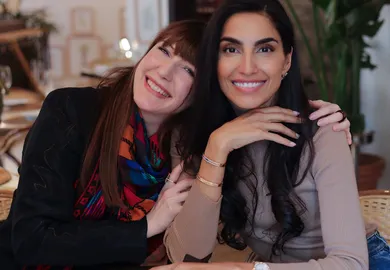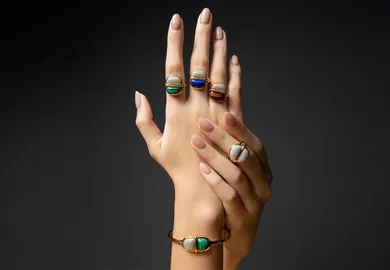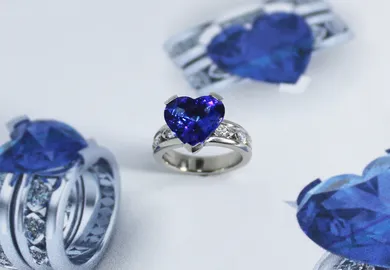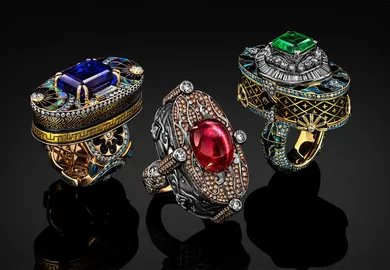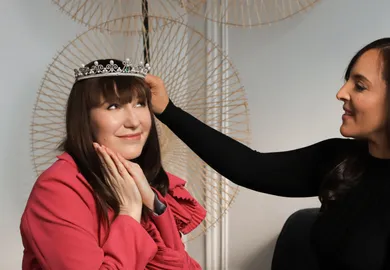
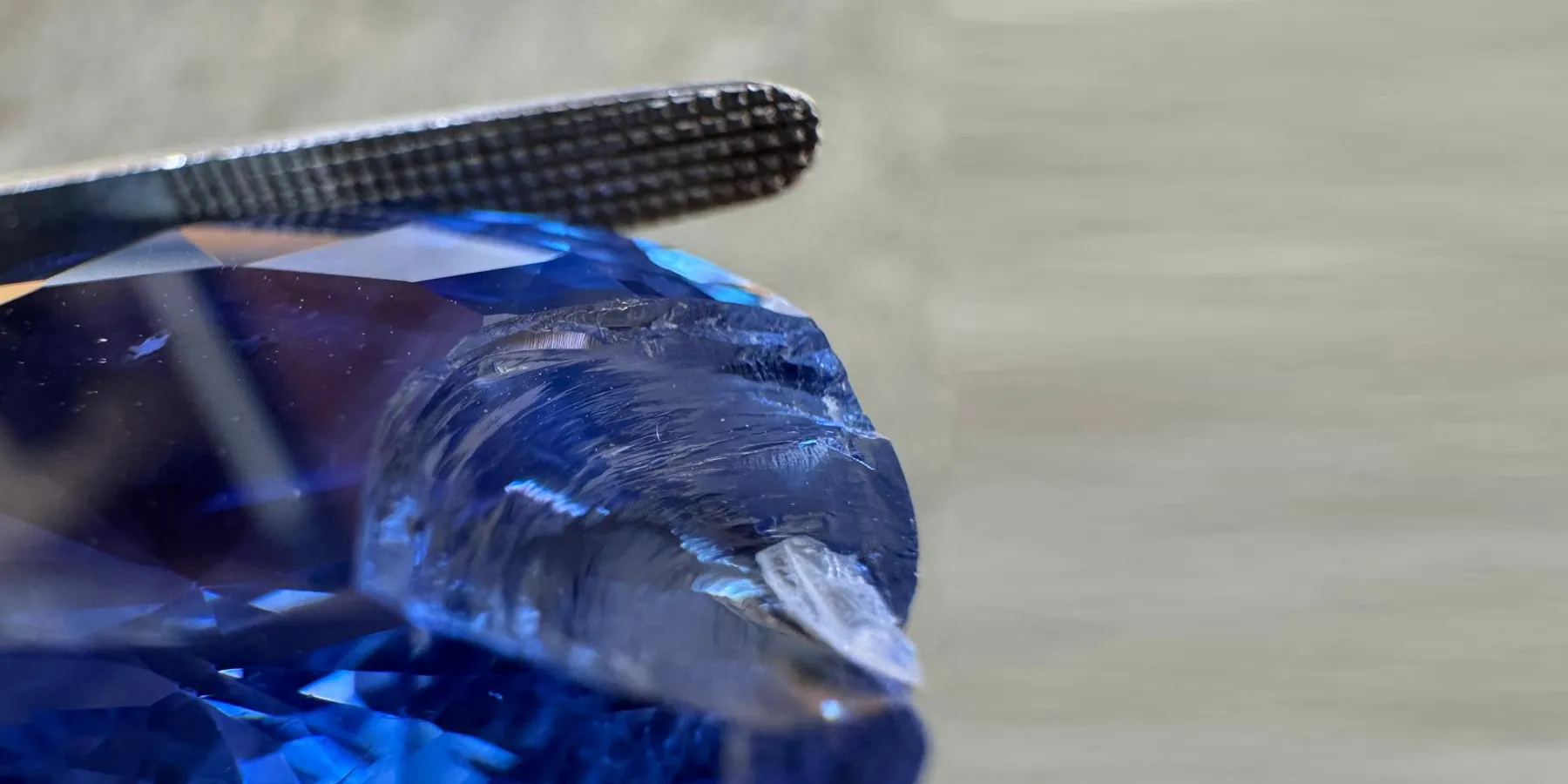
Jeweller Horror Stories: Tales from the Trade to Tempt and Terrify This Halloween
Every jeweller has a story that sends shivers down their spine—the one they tell with a nervous laugh at dinner parties or share over coffee at trade fairs. This Halloween, I’ve invited a few friends from the jewellery world to share their spookiest moments. What emerged were tales of gemstone mishaps, midnight panics and mysteries that could only unfold in our high-stakes industry.
From a rare mineral tumbling from a great height into the desert to late-night scares in darkened ateliers, the stories that follow reveal the glittering world of jewellery at its most unpredictable. They tell of vanished diamonds, shattered sapphires and shopping horrors that make for suitably scary reading this Halloween. We begin with a case of the dream ruby that turned out to be something far more sinister…
Harsh Chhabra, Minehaus: The Day I Bought a “Million-Dollar” Ruby
Early in his career, Minehaus founder Harsh Chhabra travelled to Nampula, Mozambique, on a mission every gem lover dreams of—to find the perfect ruby. “I spent ten days there,” he told me, “meeting locals who came straight from the mines, their pockets filled with treasures.”
Then one morning, a man appeared with a piece of ruby rough that stopped Harsh in his tracks. Weighing more than 30 carats, it glowed red even in its raw state. Harsh examined it under his loupe and ran it through every portable instrument he had. Everything looked perfect.
He bought it on the spot—a huge investment, but one he believed would transform into a million-dollar gem once cut. Back in Jaipur, he showed it to friends and mentors. “Everyone was amazed,” he said.
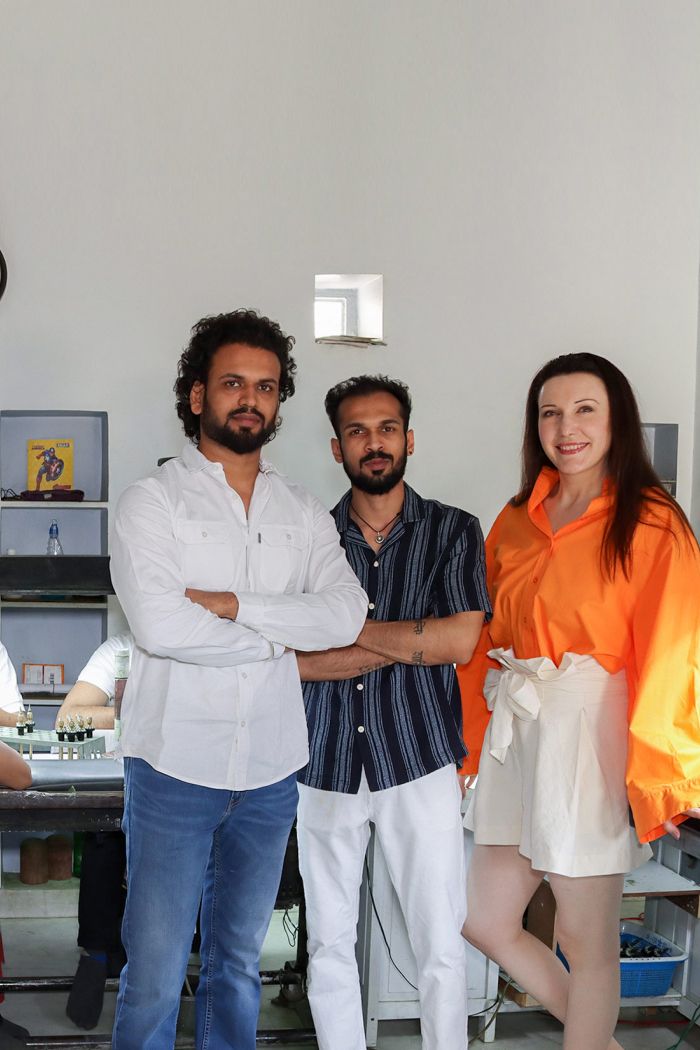
Katerina Perez with Minehaus directors Shubham (left) and Harsh Chhabra
“Even veterans with decades of experience admired it, predicting incredible results after cutting.” All that was left was the lab report. When it arrived, the result was shocking: it was a synthetic ruby. “My heart skipped a beat,” Harsh remembered. “I just sat there, staring at the paper, realising I’d been brilliantly fooled.” Whoever made that stone had done it so perfectly that neither portable machines nor human eyes stood a chance. “At first, I felt terrible, but soon I couldn’t help laughing. After all, even experts with fifty years in the business were fooled too.” It was an expensive lesson, and one he has never forgotten. “From that day on,” he said, “I made a rule: never buy a ‘miracle ruby’ without a proper lab report. It was the first and last time I was ever tricked in this business.”
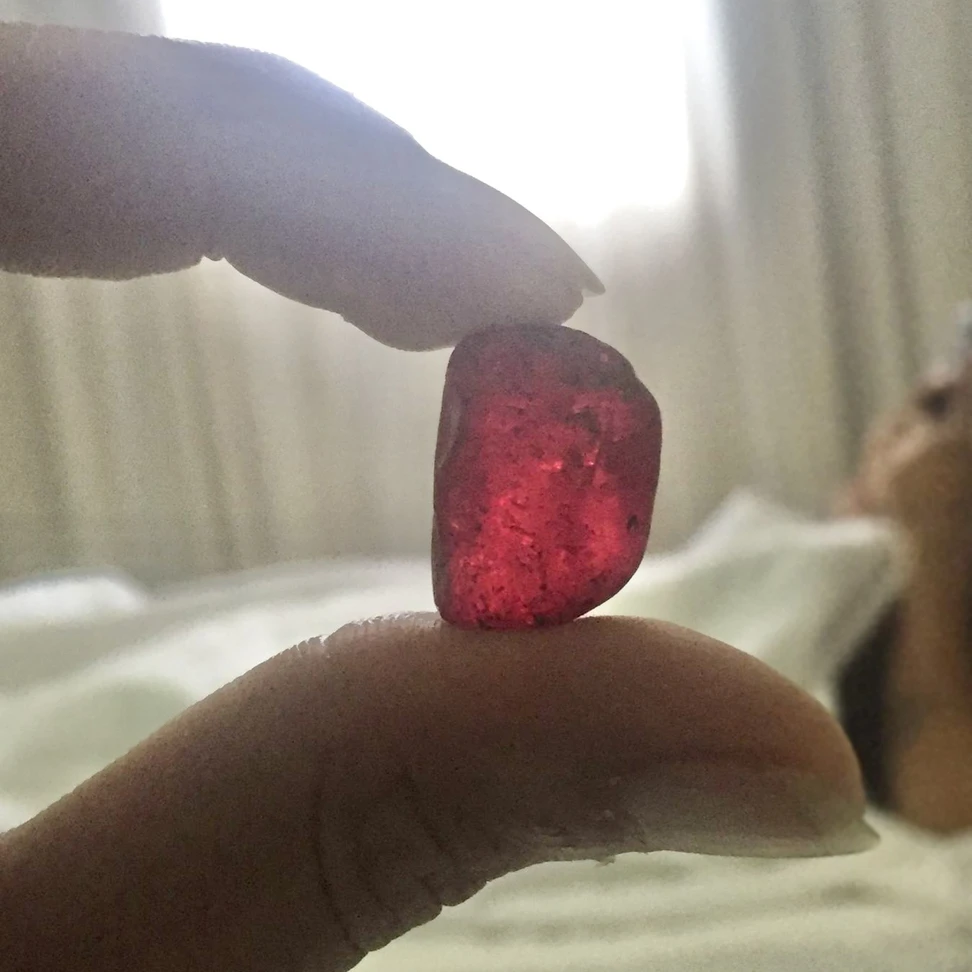
A Minehaus ‘Ruby’
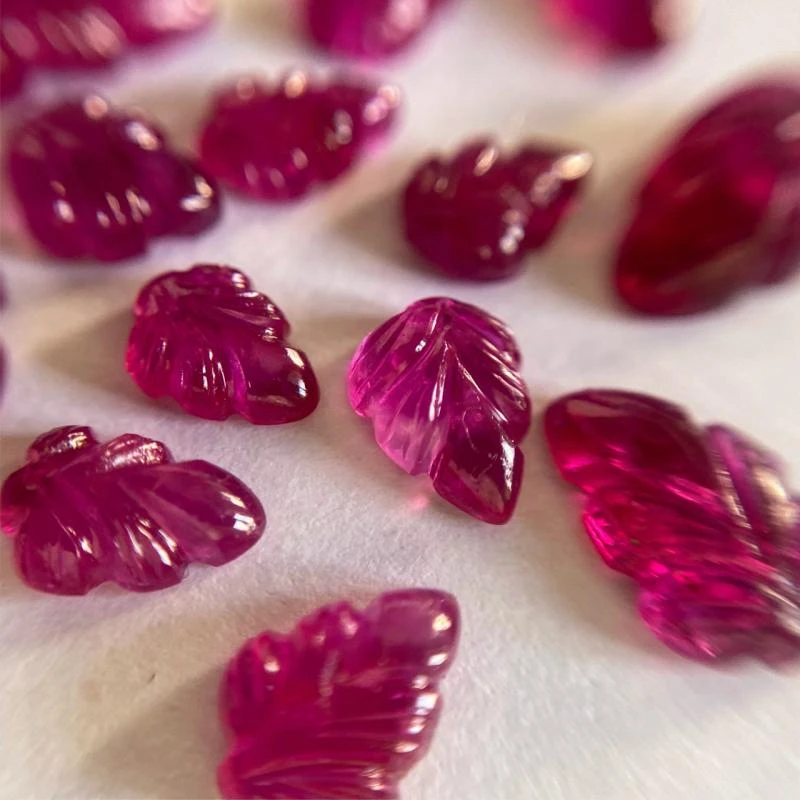
A selection of Minehaus rubies, carved into leaf forms
Jochen Leën: The Grandidierite That Fell from the Sky
The Tucson Gem and Mineral Show is one of the biggest events of the year for Jochen Leën and his team—a week of trading, discovery and encounters with extraordinary stones. Every year, they mark the end of the show with a special celebration. This time, it was a hot air balloon ride over the Sonoran Desert, a landscape of rugged mountains, rocky plains and cactus-dotted wilderness.
“It took a while to get airborne,” Jochen said, “but once we were up, it was incredible — just silence, sunlight and the desert stretching out forever.” Caught up in the moment, he reached into his pocket and pulled out a grandidierite ring to film against the vast blue sky. “What a setting, right?” he laughed. “But as I held it up, the basket suddenly started shaking and the ring flipped out of my fingers and over the edge. I thought, my God, it’s gone!”
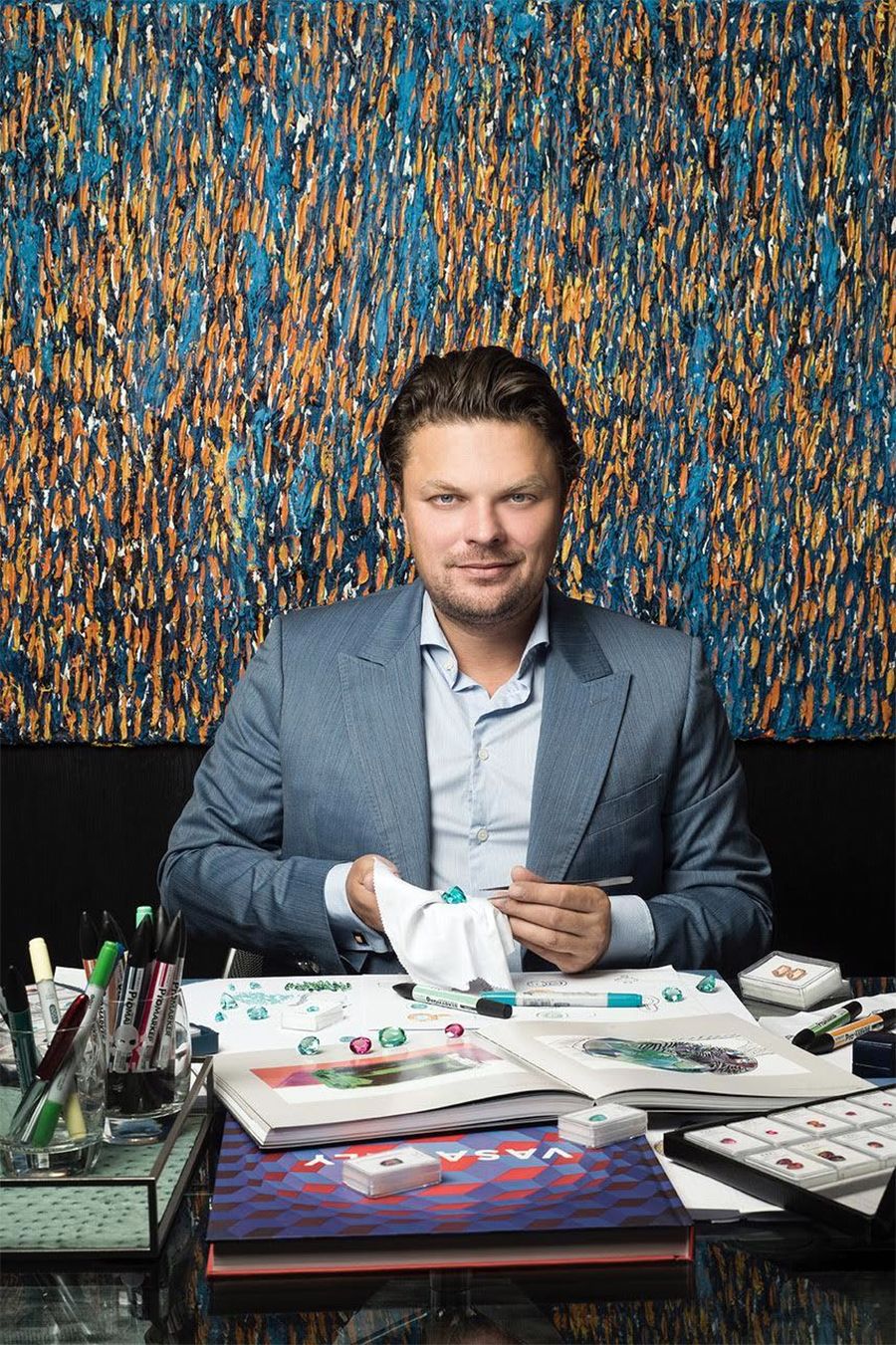
Jochen Leën is a collector of the world's rarest and most niche stones
Hundreds of metres below, the desert floor stretched endlessly. There was no chance of spotting a gemstone ring from up there. But giving up wasn’t an option. “Grandidierite is one of the rarest gemstones in the world,” Jochen explained. “We had to at least try and find it.” They landed and headed to the GPS location on Jochen’s phone. “My face was like a naughty kid in a toy shop—I couldn’t believe what had just happened,” he said. The team fanned out, combing the desert floor under the relentless Arizona sun. Hours passed. And then: a flash of blue. “We found it,” Jochen said, still in disbelief. “The stone wasn’t even broken. We had to polish the ring again, but otherwise, it was completely undamaged. That long, nerve-wracking afternoon was without a doubt one of the most stressful moments of my career.”
The photograph that led to the loss of Jochen Leën’s grandidierite cluster ring in the Sonoran Desert
Constantin Wild: A Midnight Fright in the House of Gems
Long before smartphones or security systems, there was DOOM, the cult computer game that turned players into monster-fighting heroes armed with chainsaws and machine guns. “I liked that game,” Constantin said. At the time, his office was under renovation, with bare floors, exposed wiring and no light except for the glow of a few old PCs. Only the heavy vaults, filled with gemstones, stood like silent guards in the darkness.
After work one evening, Constantin decided to play on the office’s fastest computer, tucked away in the accounting room on the second floor. Hours slipped by as he battled virtual monsters through a 3D maze until, with a click, he shut down the game and found himself plunged into total darkness.

Constantin Wild—gem hunter, famous stonecutter and late-night gamer
“Me alone… in the building,” he told me, and, in 1990, no mobile phone for reassurance. The renovation meant no electricity and no lights. Suddenly, the eerie silence of the empty building felt alive. Were those footsteps? A door creaking? “I was really scared, awaiting strangers or gangsters behind every door or desk,” he said. “My heart beat so fast when I realised… This is real life, not a game.” Constantin stumbled through the dark corridors, half-laughing, half-screaming, desperate to find the exit before his imagination—or something far more sinister—caught up with him. “I finally managed to get out, locked the front door… and ran home,” he said. “A gem house is not a gaming arcade.”
David Nassi, Nassi Gems: The Case of the Shattered Sapphire
For David Nassi, gemstones run in the family. His father began dealing in coloured stones in the 1970s, and David followed in his footsteps, apprenticing as a lapidary before moving into buying and trading. “I’ve had my fair share of jewellery horror stories,” he said. “A small plane crash in Brazil, a cursed artefact in Tanzania—take your pick. But the most recent one haunts me the most.”
It involved an unheated sapphire of more than 40 carats, a stunning stone that had travelled safely across continents before its fateful final stop. “We’d sent it, carefully packaged, to a customer,” David explained. “They never even opened the parcel, as their own meeting was postponed.”

David Nassi will never forget taking delivery of one very special, but sadly broken, sapphire of over 40 carats
Days later, when the parcel was finally unsealed for inspection, everyone froze. “The sapphire was broken,” he recalled. “A one-carat chunk had mysteriously come off.” The gem showed a partially healed fissure—perhaps, if struck in exactly the wrong place, it could have fractured. But since the package had never been opened, the break seemed impossible. “To this day,” he said, “we have no explanation. The stone now weighs just over 35 carats, much slimmer than before. Some weight-loss regimens are worth celebrating. Unfortunately, this one isn’t.”
Valeriy Gromov, Bespoke Jeweller: The Ruby That Lived to Tell the Tale
For Valeriy Gromov, few things are more nerve-wracking than setting a rare Burmese ruby. “It’s a bit like playing Russian roulette,” he said with a wry smile. “Sometimes, without any reason at all, a gemstone will crack.”
Before COVID, he was setting an exceptional eight-carat Burmese ruby in a jewel. As he applied the final pressure to secure it, he heard the cracking sound every jeweller dreads. “Sadly, it happens,” he explained. “It depends on the internal tension within the crystal. But with a Burmese ruby of that size, it was a real tragedy.”
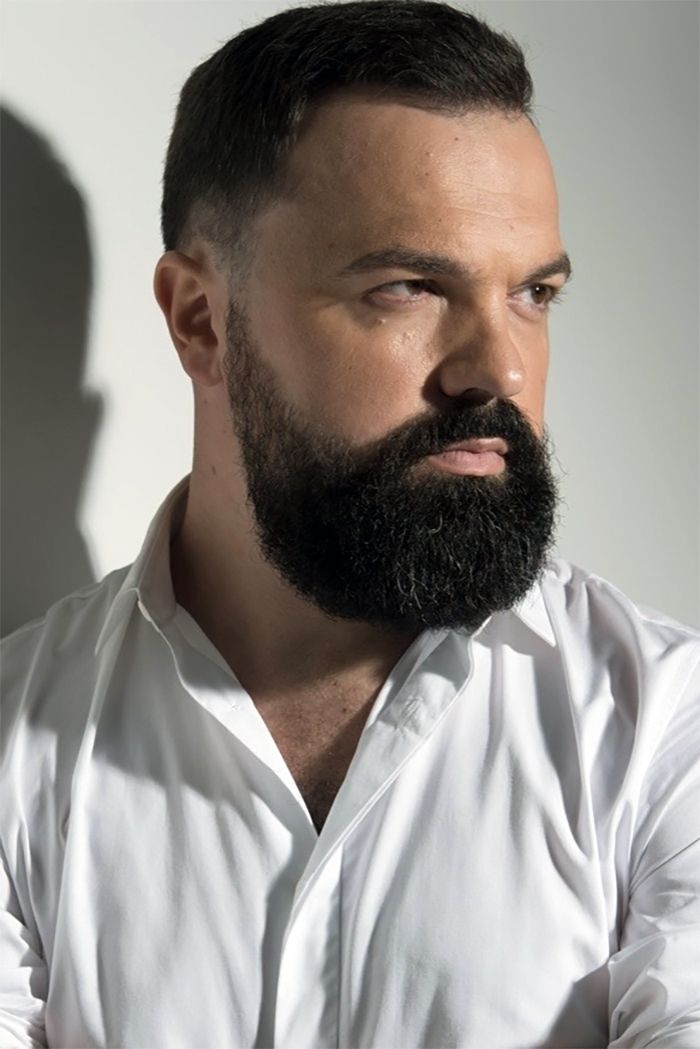
Bespoke jeweller Valeriy Gromov played Russian roulette with a rare Burmese ruby—and lost
The damage was on the side of the stone, enough to make recutting unavoidable. The only solution was to reshape it, a process that would cost both carat weight and value. “We were looking at losing around fifty percent,” Valeriy said. But then came an unexpected twist. “We managed to cut it into a round brilliant, saving as much weight as possible,” he added. “And round brilliant rubies are rarer than cushion cuts.” The final gem weighed six carats, and though it had shrunk, its beauty—and much of its value—remained intact. “In the end,” he said, “we lost only about thirty-five percent. Not the ending we wanted, but not as horrific as we first anticipated either.”
Renata Z Colconi: The Domino Disaster
London-based jewellery designer Renata Z Colconi once returned from a trip to Amsterdam with a story that still makes her shiver. “I had two identical green velvet pouches,” she told me. “One filled with jewellery, the other with a domino game.”
When she got home, she reached for the pouch she thought held her jewels. “I opened it and domino blocks started falling out. My body went cold. I realised I had no idea where the other pouch was — and I never managed to find it.”
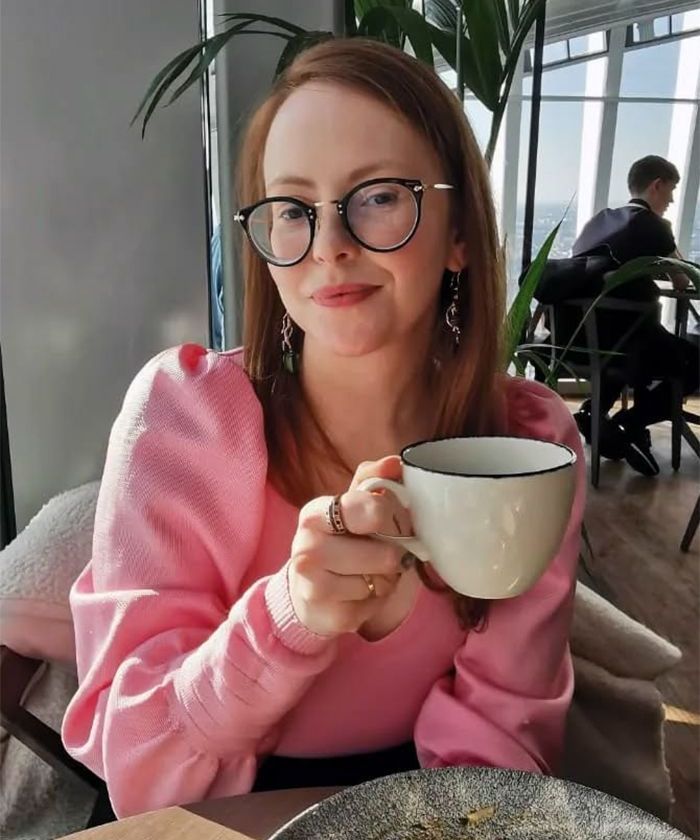
Renata Z Colconi still mourns the loss of a pouch of jewellery in Amsterdam
Among the missing treasures? A yellow gold mokume-gane necklace, a pearl necklace and a titanium brooch. “I still have hope,” she said with a smile. “Every time I go back to Amsterdam, I secretly hope that I’ll find them again. So if anyone spots a green velvet pouch filled with jewels—call me, it’s mine.”
Pirlanta, Turkish Jeweller: The Wedding Shopping Horror Show
Some jewellery horror stories don’t involve gemstones at all. “For me,” said Pirlanta, a jeweller from Turkey who prefers to remain partly anonymous, “the real horror begins when I see a big family walking into the store to shop for a wedding.” In Turkey, it’s a long-standing tradition for both families—parents, uncles, aunts, sometimes even grandparents—to go jewellery shopping together before the wedding. “If the bride’s side is a little greedy,” she said, “you just watch the show unfold.”
The group debates every choice, emotions run high, and prices rise with every suggestion. “You see the tension building, with the bride’s family asking for the most expensive pieces, the groom’s side disagreeing and everyone looking grumpy,” she added. “Meanwhile, I’m standing there, trying to keep the peace and make a sale. It’s like being trapped inside a horror movie—a very sparkly one.”
Tania Heikal, Gemmologist & Jewellery Expert: The Case of the Missing Diamonds
Even the experts aren’t immune to jewellery horror stories. Tania Heikal, gemmologist, lecturer at L’ÉCOLE Middle East and jewellery commentator known on Instagram as @glowynotshowy, once decided to shorten her tennis bracelet, a simple, practical adjustment. “I kept the eight remaining diamonds, which were about fifteen points each,” she told me. “I was planning to make a ring with them.”
But somewhere along the way, the diamonds vanished. “I think I threw them away by mistake,” she said. “It still makes me sad—eight perfect stones, gone.” That was eight years ago, but the loss still stings.
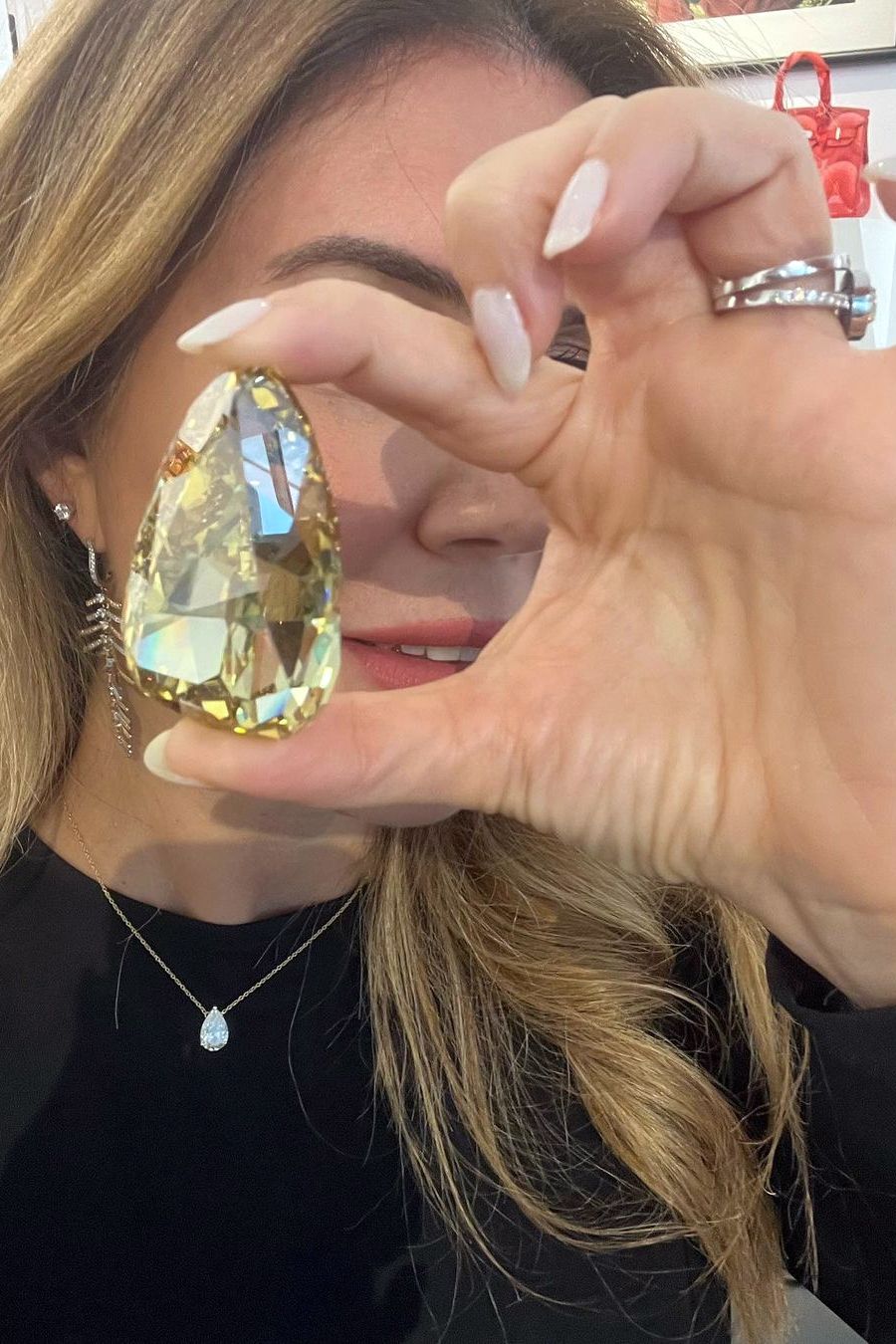
Gemmologist & Jewellery Expert Tania Heikal will never forget mislaying eight diamonds
From mislaid diamonds to broken sapphires, mistaken pouches to midnight panics, these tales remind us that even in our dazzling world, a little darkness can still creep in. After all, behind every jewel lies a story, and some are just a touch more terrifying than others.

WORDS
Katerina Perez is a jewellery insider, journalist and brand consultant with more than 15 years’ experience in the jewellery sector. Paris-based, Katerina has worked as a freelance journalist and content editor since 2011, writing articles for international publications. To share her jewellery knowledge and expertise, Katerina founded this website and launched her @katerina_perez Instagram in 2013.
